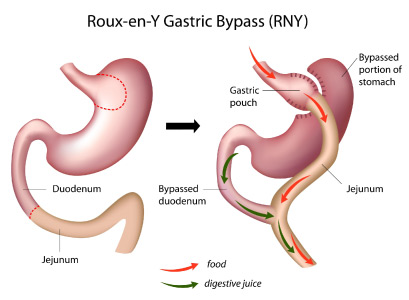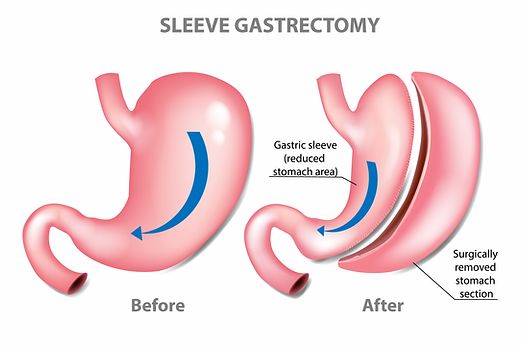Weight-loss surgery
Weight loss or bariatric surgery helps to lose weight and lowers the risk of medical problems which are linked to obesity. This surgery is used to control obesity in two ways –
Restriction: Bariatric surgery is performed to limit the quantity of food which the stomach can contain. This leads to controlling the amount of calories a person can consume.
Malabsorption: Surgery is done to shorten/bypass the part of small intestine which helps the body to cut down on the nutrients and calories it can absorb.
These surgeries are done when to help in losing weight when weight or overweight becomes a health issue. Some common bariatric surgeries are:




